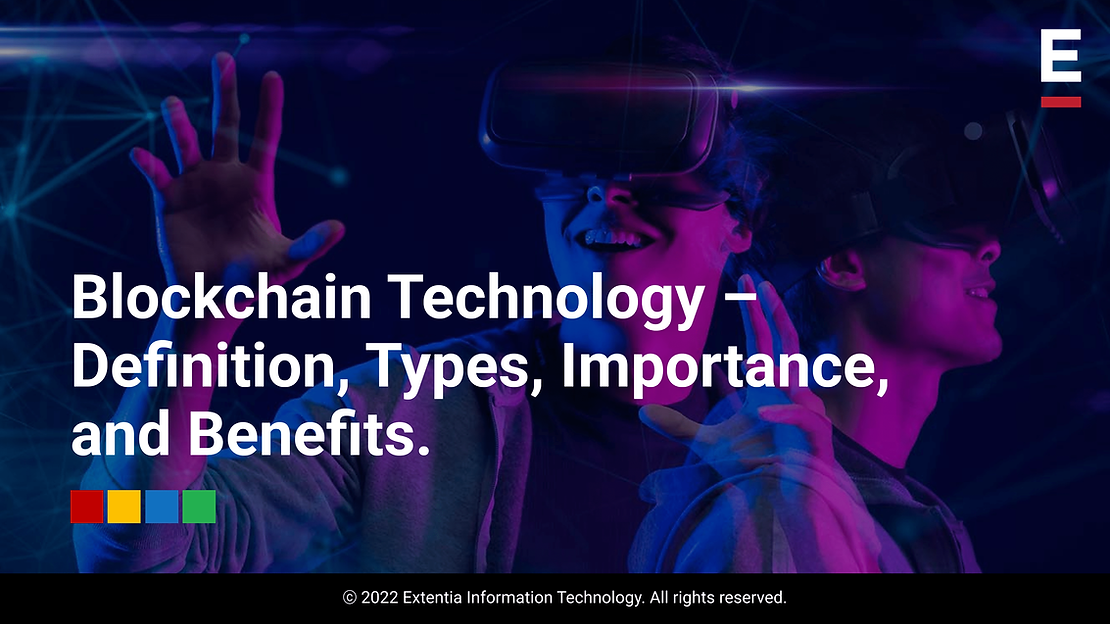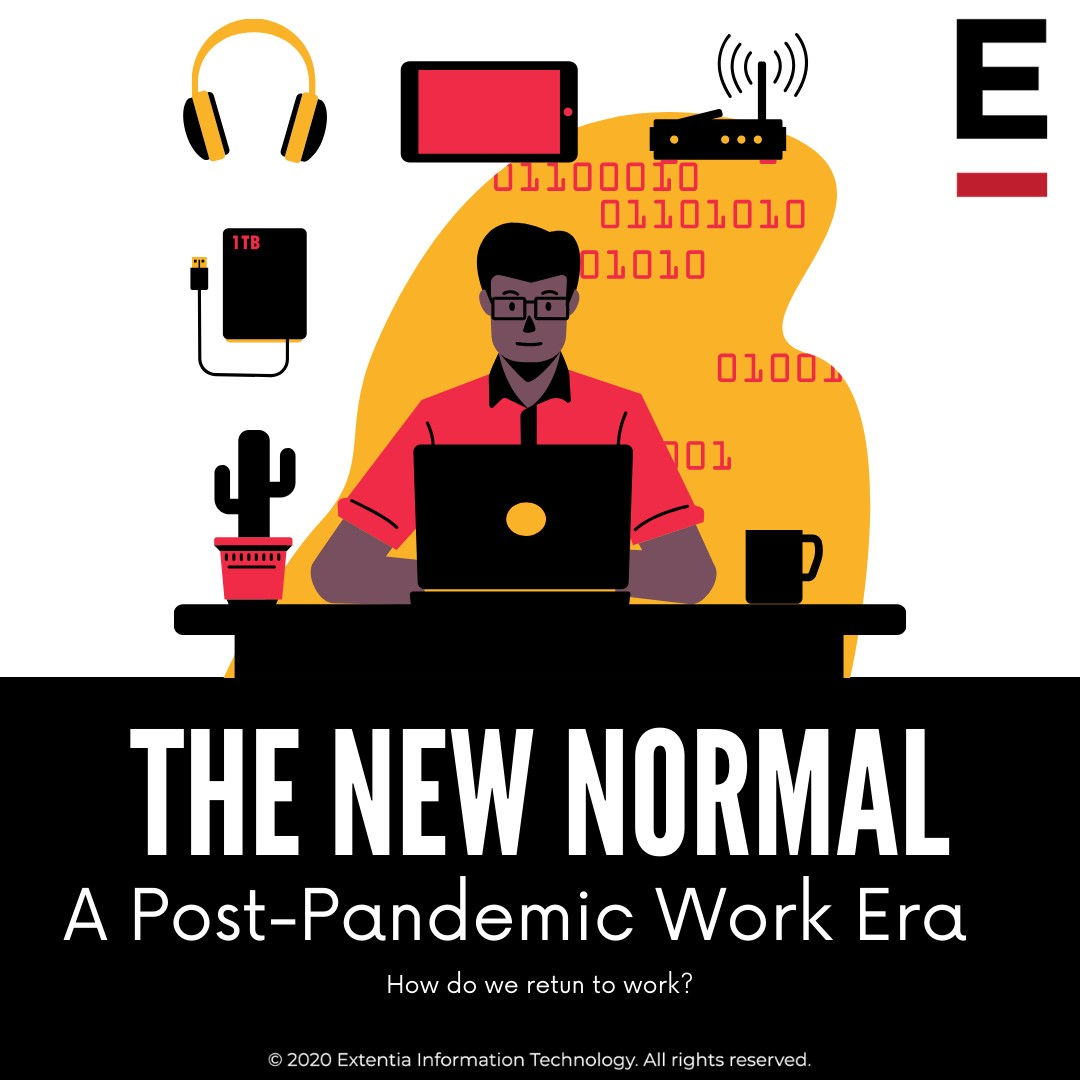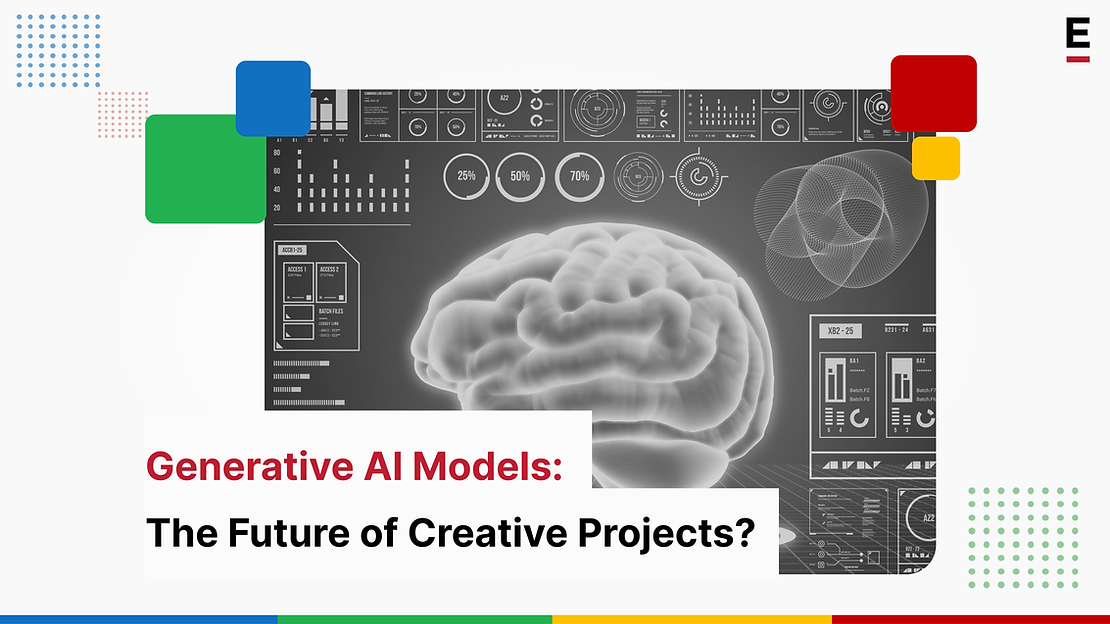Blockchain technology has received immense attention lately due to the flourishing of Cryptocurrencies. According to Global Market Insights Inc, the blockchain industry has a massive CAGR rate of close to 70% for 2019 to 2025, and the market valuation will reach $25 billion by 2025. The blockchain technology market is estimated to exceed its forecasted growth due to the multiple benefits offered by the technology, such as removal of repetitive recordkeeping, reduction of reconciliation, and validation of transactions. The technology improves efficiency and transparency and makes the business processes seamless.
Moreover, Blockchain is not just tied to cryptocurrency anymore; many blockchain-based applications in various industrial sectors benefit from decentralized data storage and accessibility. Sectors such as cyber security, healthcare, manufacturing industries, financial services, government, retail, real estate, media, tourism, etc., are already using blockchain today. Notably, investments in Blockchain in the healthcare sector are expected to be $5.61 billion by 2025.
With Blockchain, its benefits, and future standings in mind, Extentia is bringing a new series of blogs that will dig deeper into Blockchain technology from various angles. We also plan to educate the developers interested in knowing more about Blockchain and prepare to move into it soon with this series.
Blockchain Defined
Blockchain is a distributed digital ledger that facilitates the process of recording transactions/data and tracking assets in a business network. A blockchain can record information about cryptocurrency transactions, NFT ownership, or DeFi smart contracts. Similarly, an asset can be tangible – house, car, cash, land – or intangible such as intellectual property, patents, copyrights, branding, etc. Anything of value can be tracked and traded on a blockchain network.
Any conventional database can store this sort of information; however, Blockchain is unique as it’s decentralized. It is not maintained in one location by a centralized administrator. Still, for example, an Excel spreadsheet or a bank database, where many identical copies of a blockchain database are held on many computers – nodes – spread out across a network.
Types of Blockchain Technology
Public Blockchain: Public blockchains are permissionless; anyone can participate without restrictions. They allow all nodes of the Blockchain to have equal rights to access the Blockchain, create new blocks, and validate blocks. They are primarily used, today, in cryptocurrencies such as Bitcoin, Ethereum, and Litecoin, governed by rules or consensus algorithms.
Private Blockchain: A private, or permissioned, blockchain, also referred to as managed blockchain, is controlled by a single organization. It allows organizations to set permission controls on who can access blockchain data, and only users who are granted permissions can access specific data sets. In a private blockchain, the central authority determines the node, and they can decide whether to grant each node equal rights to perform functions. Moreover, private blockchains are only partially decentralized; public access to these blockchains is restricted. Some examples of private blockchains are business-to-business virtual currency exchange networks Ripple and Hyperledger.
Consortium blockchain: A consortium or federated blockchain network is where the consensus process (mining process) is closely controlled by a preselected set of nodes or by a preselected number of stakeholders, such as by a group of organizations instead of one entity in the case of a private blockchain. Hence, consortium blockchains are more decentralized than private blockchains, resulting in a superior level of security. But, setting up consortium blockchains can be a daunting process as it requires the needed technology, infrastructure, cooperation of multiple organizations, which causes logistical challenges and potential antitrust risk. The enterprise software firm R3 has developed many consortium blockchain solutions in the financial services industry and beyond. Similarly, CargoSmart has formed a not-for-profit Global Shipping Business Network consortium to support the shipping industry in more than one way.
Hybrid blockchains These blockchains are controlled by a single organization but with a level of oversight performed by a public Blockchain, which is required to perform specific transaction validations. Typically, transactions and records in a hybrid blockchain are not public but can be verified when needed by allowing access through a smart contract. Even though a single organization may own the hybrid Blockchain, it cannot modify transactions. The users who join a hybrid blockchain have full access to the network, but their identity is protected from the other users until they engage in a transaction. One example of a hybrid blockchain is IBM Food Trust.
The Importance of Blockchain and Its Key Benefits
Blockchain delivers immediate, accurate, transparent information to the business. This information is stored on an immutable ledger that can be accessed only by permitted network members. It shows all transaction details end-to-end and can track orders, payments, accounts, production, and more. Here are the key benefits of adopting Blockchain technology into the business:
It is an immutable public digital ledger; hence, it cannot be modified when a transaction is recorded.
With its encryption feature, Blockchain is always extra secure.
The transactions are done instantly and transparently, as the ledger is updated automatically.
Blockchains operate 24/7, allowing more efficient financial and asset transfers, especially internationally. None of the parties need to wait days for a bank or a government agency to confirm everything manually.
In using Blockchain, two parties in a transaction can confirm and complete a task without operating through a third party. Naturally, this decentralized system saves time and the cost of paying for an intermediary like a bank.
As multiple nodes verify a blockchain transaction, there are fewer errors. If one node has a mistake in the database, the participants would catch the error and confirm the authenticity of a transaction.
Blockchain remains a niche technology that many are still learning about despite its advantages. Though leaders find it hard to predict where blockchain technology will be in another 10 or 15 years. But much like many other technologies or even the internet, it will significantly transform the ways we transact and interact in the future. In the next blog of the blockchain series, we will understand the technology’s roots, how it works, and its usage.




